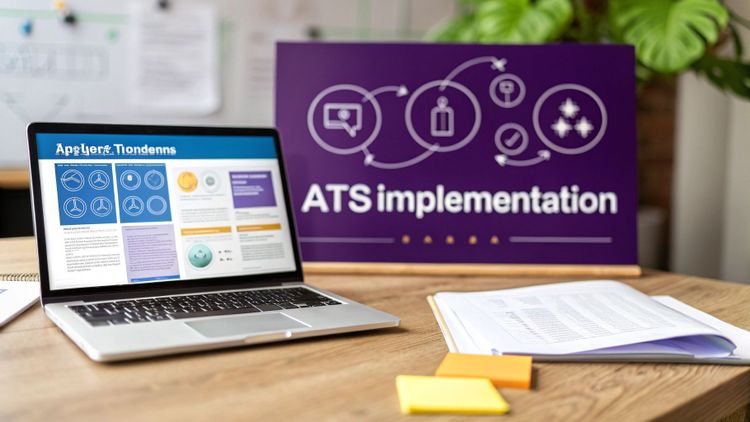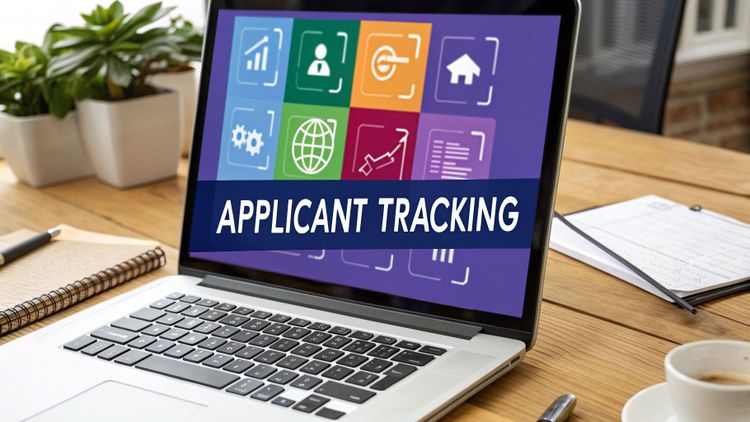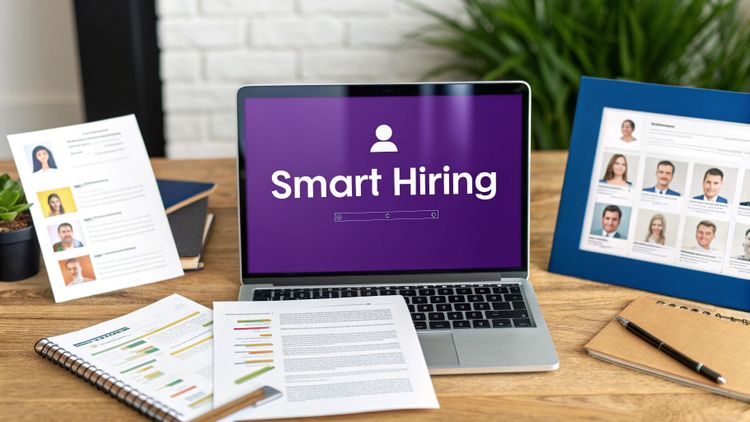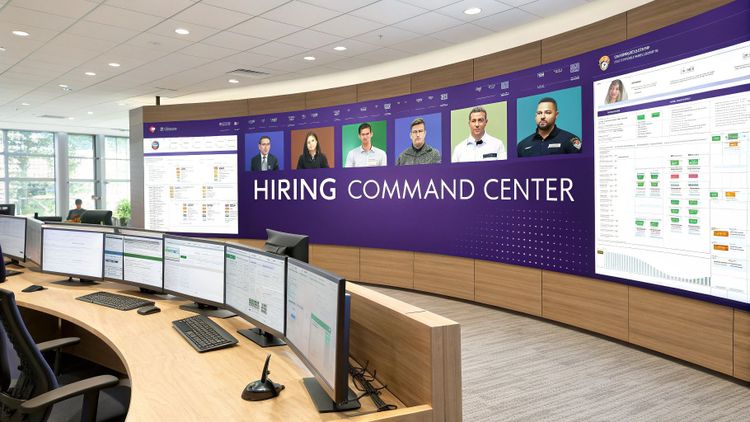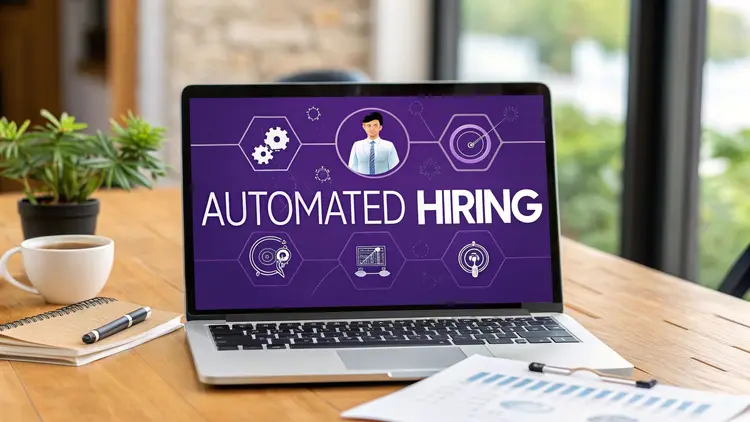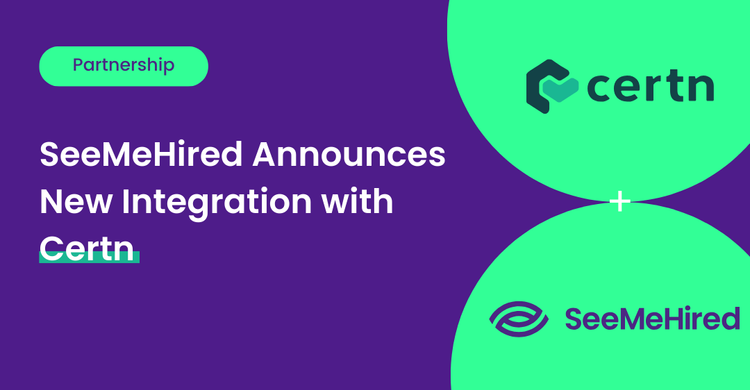HR Tech
Quantifying the Value of an Applicant Tracking System (ATS)

In this day and age, it goes without saying that recruiting is a central process for most organisations. However, it takes a lot of time and resources to do right.
In fact, the average cost per hire in the UK stands at around £3,000 and it takes more than 27 days to hire a single employee.
This may sound like a lot until you consider the time and effort required to attract applicants, sift through CVs, interview, negotiate and onboard new hires. And then consider the number of new roles you have available at any given time amidst an escalating talent war.
To make the process faster, easier and cheaper, Applicant Tracking Systems (ATS) have turned into valuable tools for talent professionals. In fact, a survey by Capterra found that 94% of recruiters say recruiting software has improved their hiring process. And academic research supports the value of applicant tracking systems for business.
But does this value apply to your situation as well?
Today, we'll try to quantify the advantages of an ATS so you’ll know if it’s the right tool for your specific situation or if you're better off with the status quo.
Let's dive in.
Reduce time to hire
Time to hire is a crucial HR metric because it impacts so many parts of the recruitment process. Among other advantages, a low time to hire helps with the following:
- Lower costs - the fewer days you advertise the role and process applications, the lower the total amount you’ll spend on hiring.
- Filling the role faster - reduced time to hire means the business pain of not filling the position will be removed faster.
- Better candidate experience - when candidates go through your recruitment processes faster, it tends to improve their experience whether they land the role or not.
If you don’t yet track time to hire, use the below formula to calculate it:
Time to Hire = Day candidate accepted offer – Day candidate applied
This means if a candidate applied on day 7 after the position was published and accepted on day 31, the time to hire is 31 - 7 = 24. Calculate this over multiple roles to identify your average time to hire for a given period.
So how does an ATS help reduce time to hire? Let’s look at the most common tasks involved in a recruitment campaign and estimate the potential time savings compared to doing them manually.
Distribution - save at least 20 minutes per vacancy
Let's say you want to advertise a role across the following channels:
- LinkedIn - copy/paste and format (5 minutes)
- Indeed - copy/paste and format (5 minutes)
- Facebook - copy/paste and format (5 minutes)
- Recruitment agencies - send a brief email (5 minutes)
- Your careers page - depends on IT department availability, typically several hours to a few days
An ATS like SeeMeHired gives you full control over posting jobs on your careers page so there's no need to go through IT every time. It can also automatically share the job with your recruitment partners and list with major job boards and social media, instantly saving at least 20 minutes per job post.

Bonus: Niche and smaller job boards are often ignored when you have to manually post the role so an ATS can give you that extra reach since jobs are posted automatically on your channels of choice.
Reduce screening time - save at least 30 minutes per vacancy
Screening CVs and manually updating a spreadsheet with candidates are some of the most time-consuming tasks in recruitment. And often you will find the majority of candidates don't even meet the essential criteria for the role.
An ATS can automatically exclude irrelevant applications and highlight the most suitable candidates based on your pre-set requirements. If we assume the average campaign requires a cumulative time of 1 hour shortlisting candidates, an ATS can easily reduce it to 30 minutes by showing you only the most relevant candidates.
Automatic progress updates - save at least 25 minutes per vacancy
If you want to update a candidate on their progress or reject their application, you will typically look up their email, copy/paste a template reply and tailor it to the exact person and position they applied for. This leads to several issues:
- Prone to errors as everything is done manually
- Mundane and repetitive work so it's often delayed or skipped altogether
- Leads to a poor experience for both candidates and recruiters
An ATS can fix these issues and save time by sending automatic progress updates with a single click. Assuming every manual reply takes 5 minutes and you notify 5 applicants, this will instantly save 25 minutes and just grow with the number of candidates per vacancy.
All of these common recruitment tasks are automated or removed with an ATS and the benefits stack up as you hire more people. While estimating the exact time saved depends on your current setup, we recommend tracking your time to hire on a cumulative basis to get an average and then comparing this to using an ATS over at least 3-6 months.
Reduce cost per hire
Your cost per hire is a measure of recruitment efficiency, taking into account all costs related to hiring and dividing them by the number of new hires in a given time period. Use the below formula to calculate your cost per hire:
Cost per Hire = (Total internal recruiting costs + External recruiting costs) / Total # of hires in a given time period
Internal costs include, among others, recruiter salaries and referral bonuses while external costs include agency fees, advertising costs and career fairs. So if you hire 12 people in a month with 3 recruiters at £2,700 per month and spend £1,000 to advertise each position, your cost per hire would be:
(2700*3 + £12,000)/12 = £1,675
That's excluding any agency fees which can impact this number considerably, given a standard cost of 20% on top of the annual salary.
If you don't yet track cost per hire, we strongly recommend compiling and calculating this metric across, say, 3 months to set an initial benchmark.
Now, let’s look at how an ATS can help reduce your cost per hire (and by how much).
Time is money
Cliché as it sounds, if your talent acquisition team spends that extra time we discussed above strategically, you will see considerable reductions in cost per hire.
What does "strategically" mean? It means spending time refining processes and tweaking campaigns to compound efficiencies over time.
Here are some of the key areas that often get neglected yet contribute to reducing costs in the background:
- Creating templates, checklists and processes
- Training other team members
- Developing your employer brand, e.g. via Glassdoor and recruitment videos
These are the important, non-urgent activities that can move the needle when enough effort is spent on them. While the benefits are intangible at first, these initiatives typically pay off in time.
Still, if we have to put a number behind it, saving one hour and 15 minutes per vacancy (see above) and multiplying this by an average of 180 vacancies for the year, this will lead to 225 hours saved. Based on the average recruiter salary in the UK and a 37.5-hour work week, this leads to almost £3,300 saved per year due to time efficiencies alone.
Now, what are some more concrete savings you can expect with an ATS?
Lower distribution costs
The wider reach and time saved with ATS can lead to more effective hiring, thus reducing the need to advertise or rely on agencies to source candidates.
From our example above, you can reduce that £1,000 ad budget per vacancy by half and use niche, free job boards instead to secure the extra applicants.
And that higher internal efficiency may save you at least £8,000 if you skip a single recruitment fee based on 20% of a £40,000 salaried employee.
There are many variables and this may sound like speculation, but lower external recruitment costs can mount up to tens of thousands depending on your hiring needs and current setup.
In fact, some large employers pay up to $1 million per year for their ATS which is proof of its value.
Decrease spending on third-party tools
ATS products will often bundle multiple key functions into one central system. This means you won't have to rely on some third-party tools (not to mention managing passwords and switching between them all the time).
What are some of these tools?
Scheduling apps
Setting up interviews manually isn't exactly fun. It takes back and forth communication and sometimes leads to clashes or no-shows.
Scheduling apps like Calendly make this easier but come at a cost (usually in the range of £5 - £10 per month per user). If you have a large recruitment team, this can stack up to hundreds of pounds per year.
An ATS like SeeMeHired comes with scheduling built in so you don't have to rely on (or pay for) third-party scheduling apps.
Video conferencing tools
Similarly, a Zoom subscription will cost upwards of £115 per year as of writing this article.
An ATS with a video interviewing module will not only replace the need for Zoom and other video conferencing tools, but it will also allow you to take notes and see your interview questions on the screen as you talk to a candidate.

Project management software
An ATS will often come with a kanban board to track candidate progress and numerous other features like templates, checklists and statistics.
This means you won't have to pay extra for tools like Asana or ClickUp to manage recruitment campaigns, leading to further savings on software tools.
Gain new insights
Last but not least, an ATS will automatically collect data about your hiring - such as the dates when candidates applied, when they got hired and other key stats.
This is usually not practical to collect manually and thus often gets neglected. So an ATS can bring a whole new level of clarity when it comes to hiring and recruitment in your company.
But how can we quantify these new insights?
Even if you improve efficiency by just 10% in total over the whole lifespan of your ATS because of these reports, you will save more than 5 weeks per year for your department as a whole. The monetary value will depend on your total recruitment costs, but we can safely assume it will be in the thousands, even with a relatively small recruitment team.
Conclusion
There is ample evidence that applicant tracking systems can improve recruitment KPIs like time to hire and cost per hire.
If you're considering an ATS but not sure if it will bring a positive ROI, here's what to keep in mind:
- The number of employees you typically hire over a year - the more you hire, the more value you will extract from an ATS
- The price and learning curve - these are the biggest cost factors when adopting a new ATS
- Your current setup - if you feel overwhelmed by the number of tools, distribution channels, emails and spreadsheets in your day-to-day, an ATS can help your team centralise work in one place.
We hope this article has given you a better idea of the tangible benefits, cost and time savings of an ATS so you can make an informed decision when evaluating solutions.
If you have questions about using an ATS or want to see one in action, our team at SeeMeHired can help. Learn more about our product or book a free consultation to get started.

